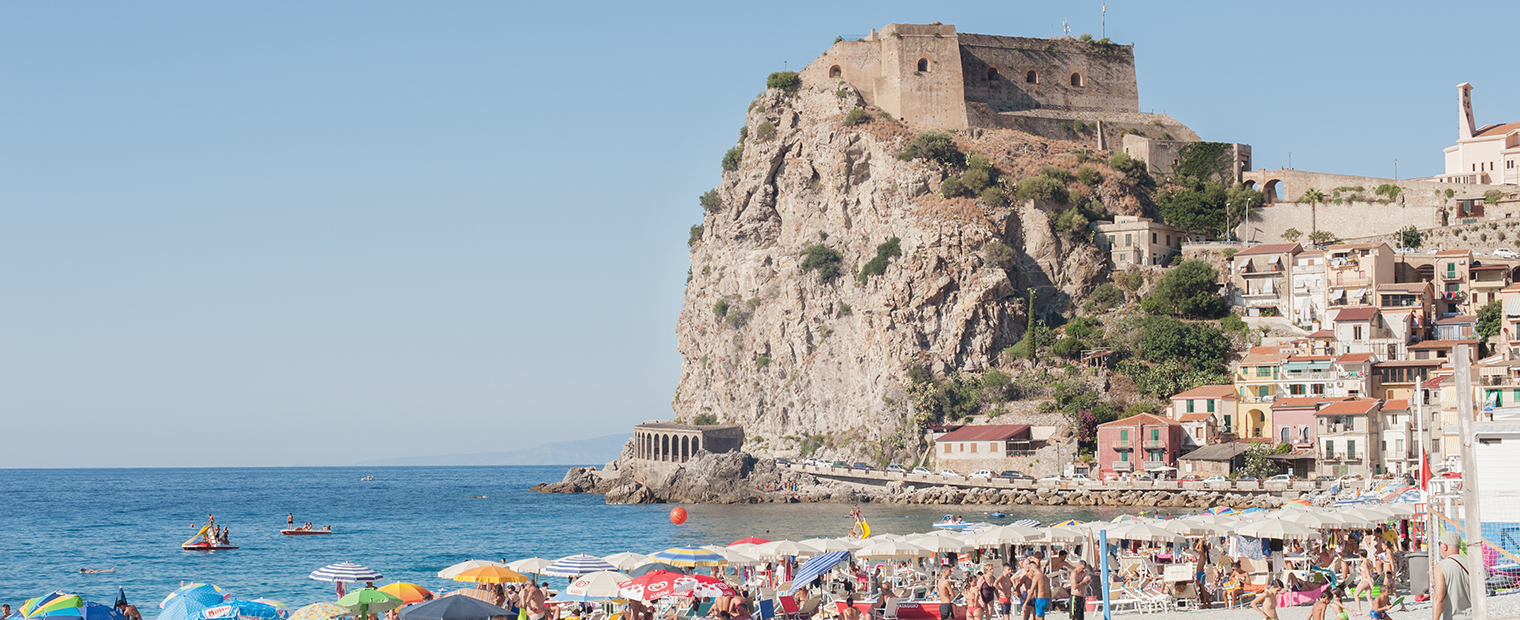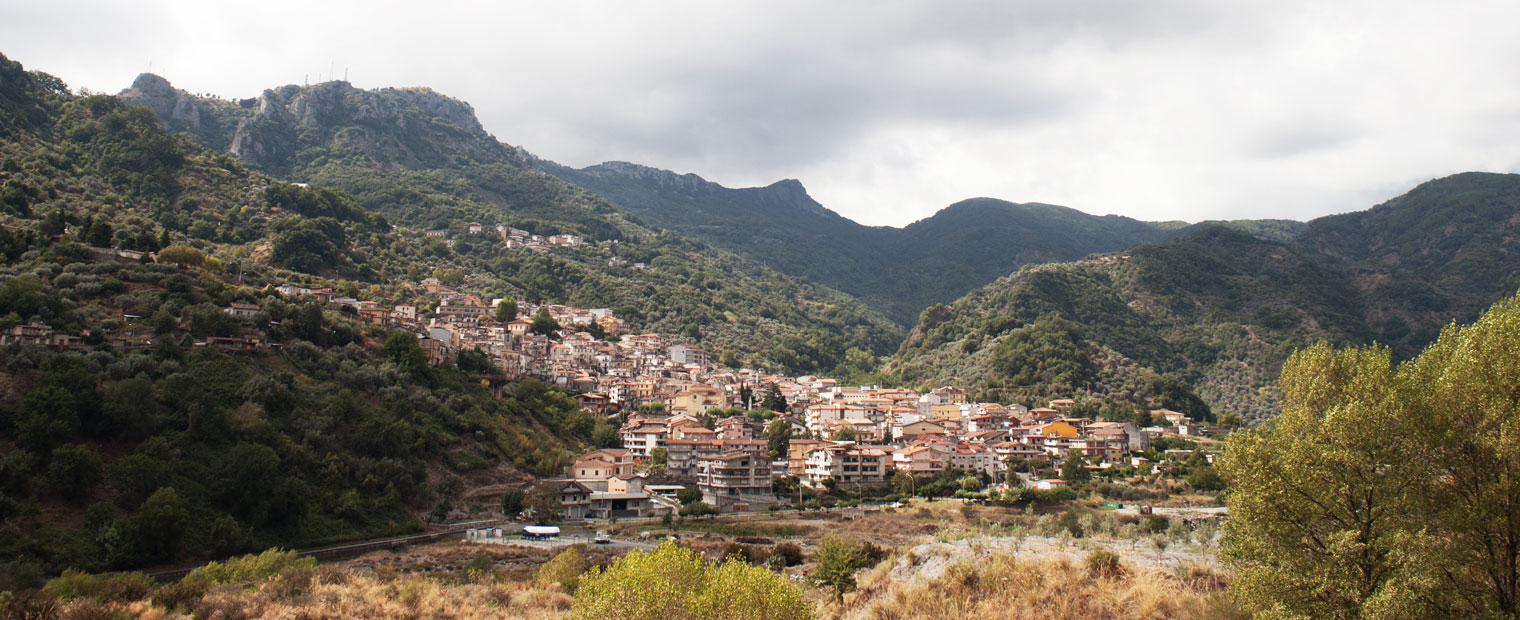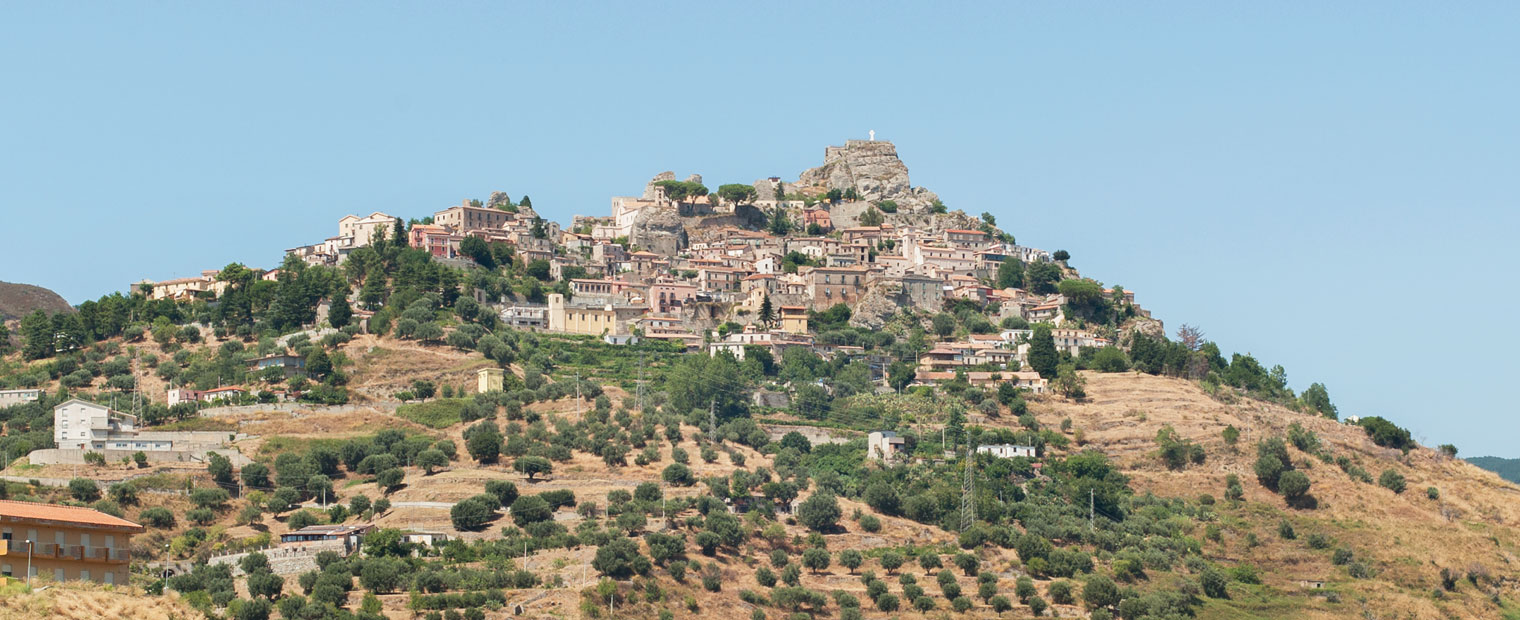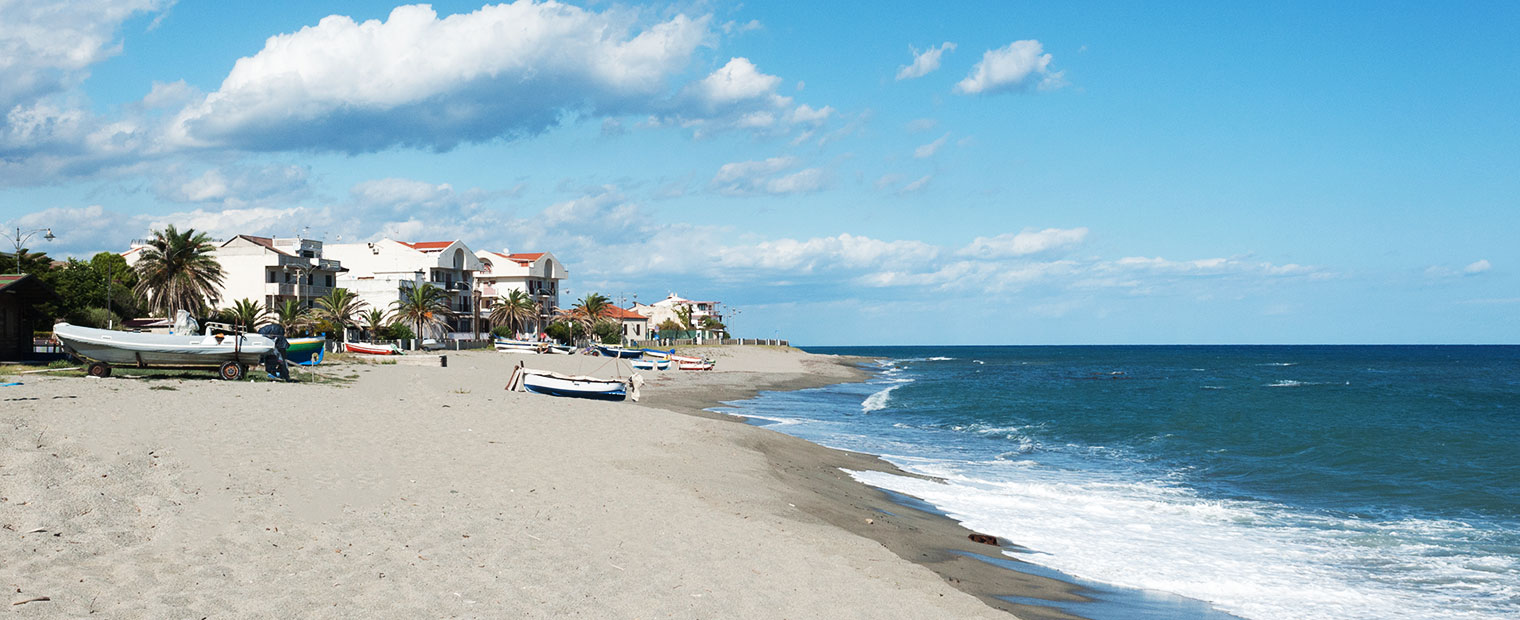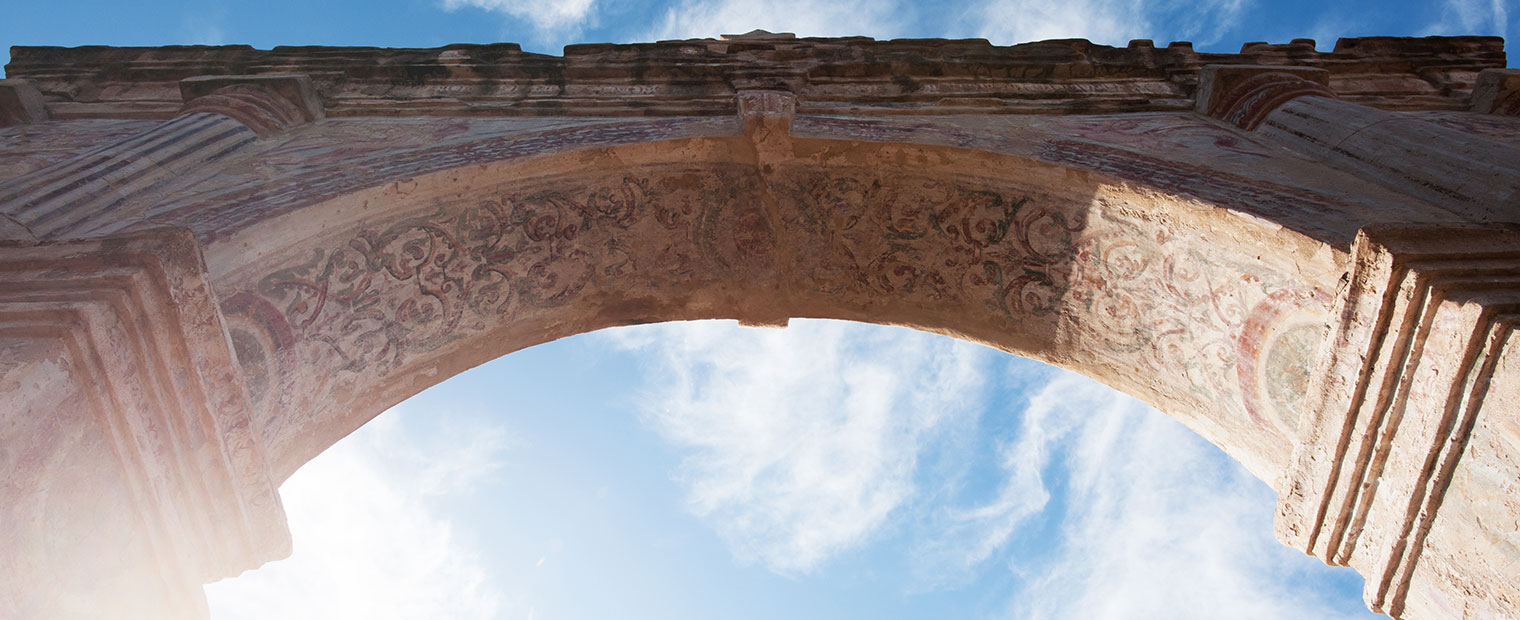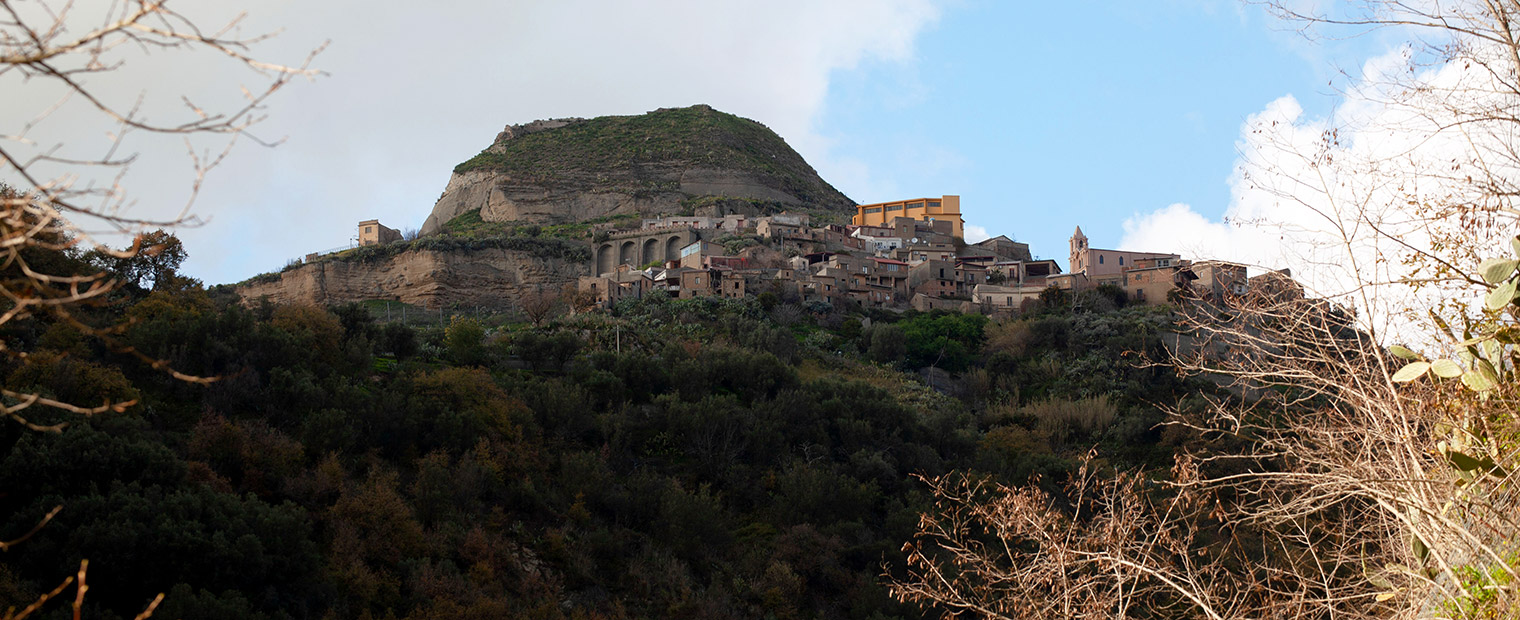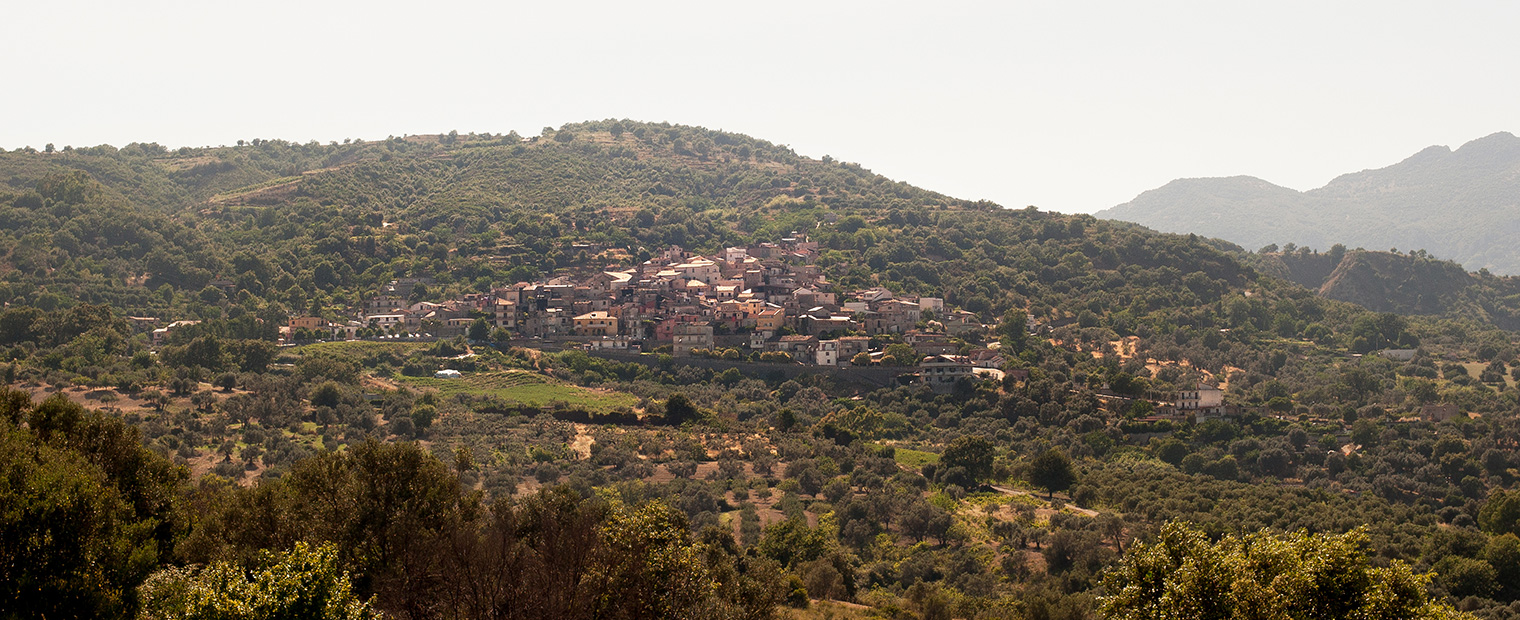The Metropolitan Area of Reggio Calabria, set between the two coastal fronts of the lower Ionian Sea on side, and the Tyrrhenian Sea on the other, has 97 municipalities: villages of great interest for both their historical and architectural features, and the wonderful landscapes that characterise them. It is an area at the centre of the Mediterranean whose history, not surprisingly, is strongly influenced by the different cultures of the people who have passed through here. In the heart of the metropolitan area of Reggio Calabria, between the approximately 220 kilometres of coastline that extends from Rosarno to Punta Stilo (Monasterace), lies the imposing Aspromonte massif that almost seems to retain the three main sides: the eastern Ionian south characterised by low coasts, and the southwestern and northwestern Tyrrhenian Sea, characterised by high frontal coasts. The territory, which hosts about 30% of the regional population with just under 60,000 inhabitants, presents profound contrasts to the landscape: sea and mountains together, key factors of the territory around which history, culture, and traditions are intertwined. Particularly rich is the naturalistic context that boasts a great variety of ecosystems and typical Mediterranean landscapes. It is a heritage that boasts examples such as the Costa Viola, the Riviera dei gelsomini, the Valley of Torbido, and the Valley of the Stilaro. On the Tyrrhenian side, the Piana di Gioia Tauro, is known for its port that ranks among the first places in the Mediterranean and in Italy for traffic intensity. The Ionian side responds with Locride, a typically rural area where traditional crops flourish and the Grecanica area (or Bovesia), located in the heart of the Amendolea valley. It is place with ancient roots in which some towns (specifically Bova, Gallicianò, Roghudi, and Roccaforte del Greco) pass on and still protect the use and knowledge of the Greek language.
Bivongi: of red and ancient stones
Embraced by the intense green of Monte Consolino and dominated by a suggestive rocky ridge on which it is possible to see the fascinating ruins of the old Convent of the Apostles, the ancient village of Bivongi was founded in the 10th century AD from a group of Basilian monks fleeing from Saracen ra [...]
Bova, the capital of Greek Calabria
Bova is a village with legendary origins: in fact, legend has it that was founded by the Greek queen Oichista, who impressed the perennial memory of this on the sole of his foot on the top of the fortress where the castle stands today. Thanks to its history, culture, and architecture, it is a unique [...]
Brancaleone: a city that protects Caretta Caretta turtles
Brancaleone is a town of enchanting natural beauty, the Calabrian homeland of jasmines, which were brought here by the Ligurians in 1928, and the site of the most important nesting areas for Caretta Caretta turtles. A marine village to get to know and enjoy.
[...]
Bruzzano Zeffirio: the windy town
On the rocks of Capo Bruzzano stands Bruzzano Zeffirio, a town with ancient Greek origins, which now has about 1000 in habitants. It is a place of great cultural and religious interest, which enchants visitors with its unique history..
Calanna: the Calabrian Cappadocia
The ancient toponym of Calanna, which comes from the Greek Kale-amuna (nice shelter), immediately reveals the site’s original military purpose. Today, the modern centre of Calanna is distinguished by its unique charm linked to the features of the terrain that make it similar to the ancient Turkish r [...]
Camini, a charming and welcoming village on the Ionian side
Also called “Cameno”, the small village on the Ionian side of Reggio Calabria was known in ancient times as Kaminion. A name of Greek origin that recalls the use of kilns for ceramic production, it is an activity that once characterised the community’s economy. The origins of the village dates back [...]
